AI Recreates Possible ‘Face of Jesus’ From Turin Shroud
A new study conducted on the Shroud of Turn suggests the relic was created around 2,000 years ago, leading many Christians to claim the item really depicts the prophet Jesus Christ.
In the wake of the X-ray analysis that led to the discovery, researchers have used artificial intelligence to recreate fascinating images based on the outline of the face on the cloth, showcasing what the prophet may have looked like during his adult life.
Divided Opinions on the Shroud of Turin
The Shroud of Turin, a piece of cloth bearing a faint image of a man, has been a subject of intense debate and speculation for centuries, adding an element of intrigue and mystery to its history.
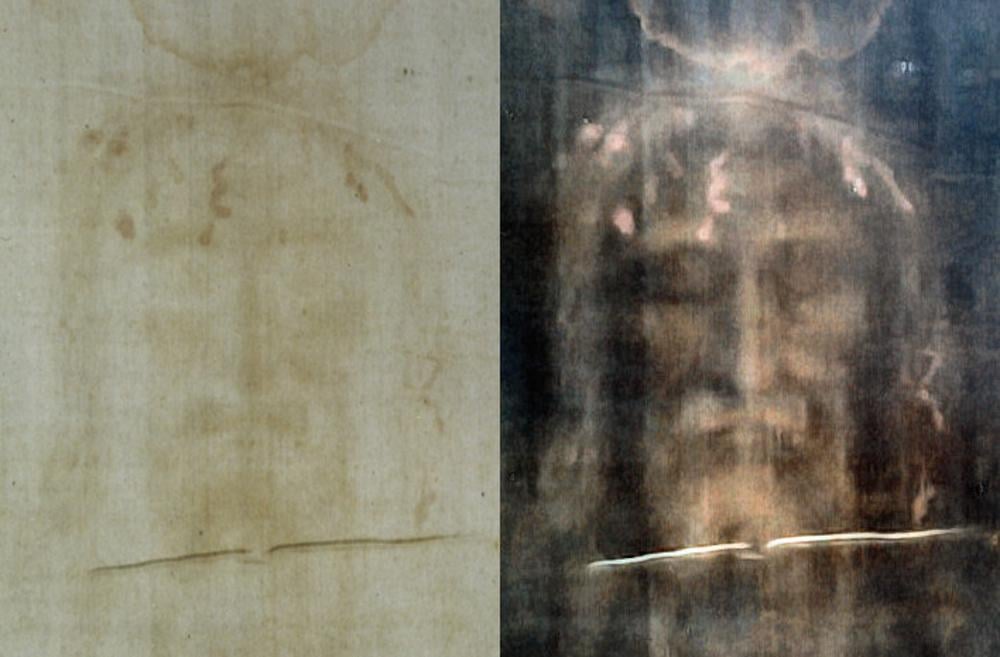
Source: Wikimedia
Christians strongly believe the figure portrayed on the cloth is Jesus. Yet despite their belief, the Shroud was dubbed a forgery by the bishop of Troyes, Pierre d’Arcis, in 1389, who even claimed to have found the artist behind it.
Scientists Date the Shroud Using Radiocarbon Techniques
Despite d’Arcis’s opinion, the debate remained prevalent in the centuries that followed. Some propose it was created during the medieval period, while others claim it extends back to the time of Christ.
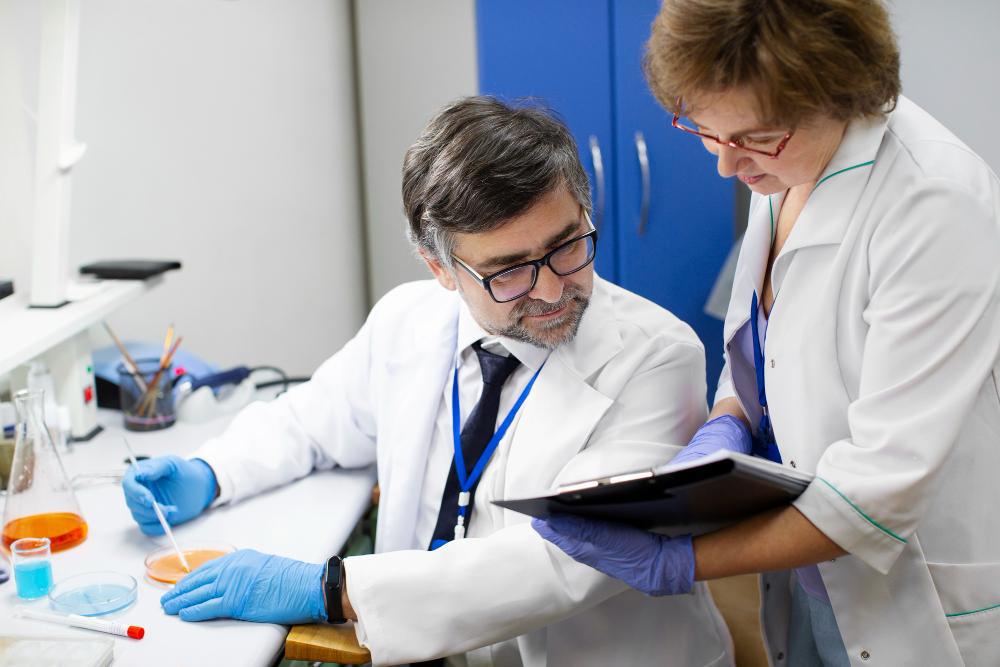
Source: Freepik
Hoping to end the debate once and for all, researchers conducted radio-carbon dating on the shroud in the 1980s, and the results left Christians furious. According to scientists, the linen cloth only dates back to around the 13th century.
Researchers Conduct Modern Testing on the Shroud
Even with what appeared to be concrete evidence that the Shroud was never placed over Jesus, Christians held onto their belief. Recently, a team of modern Italian researchers claimed the testing conducted in the 1980s may have been contaminated and decided to retest the linen.

Source: Freepik
Lead researcher Liberato De Caro, along with his colleagues from the Institute of Crystallography in Italy, conducted a comprehensive Wide-Angle X-ray Scattering analysis on the shroud. Their findings, published in the journal Heritage, have significantly advanced our understanding of the relic.
New Study Proves the Shroud is Ancient
The new study’s authors claim the Shroud dates back to between 55 and 74 CE, placing it much closer to the time of Jesus than the previous experiment conducted four decades ago.
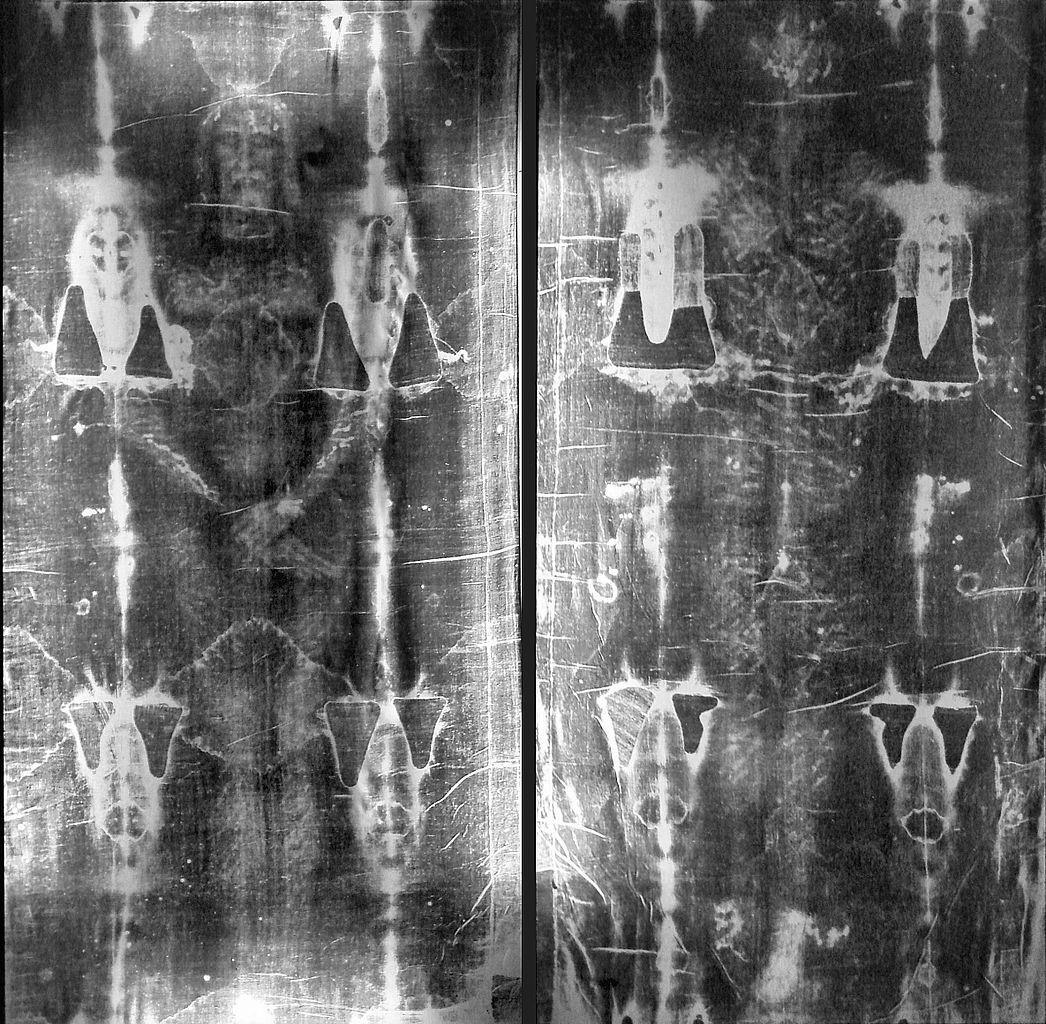
Source: Wikimedia
The researchers did note that the results were only viable if the relic was kept at a suitable humidity level of 55% to 75 % during the first 1,300 years of its existence.
Middle Eastern Pollen
De Caro and his colleagues carried out their analysis using a small piece of the Shroud, which is currently kept at the Cathedral of St. John the Baptist in Turin, Italy.

Source: Wikimedia
In their study, the Italian scientists noted the presence of pollen from the Middle East, which dismisses the theory that the Shroud was made using European fabric.
Further Tests Need to Be Conducted on the Shroud
The study’s results have undoubtedly pleased Christians around the world. However, the Italian researchers admit that further testing is required to back up their initial research.
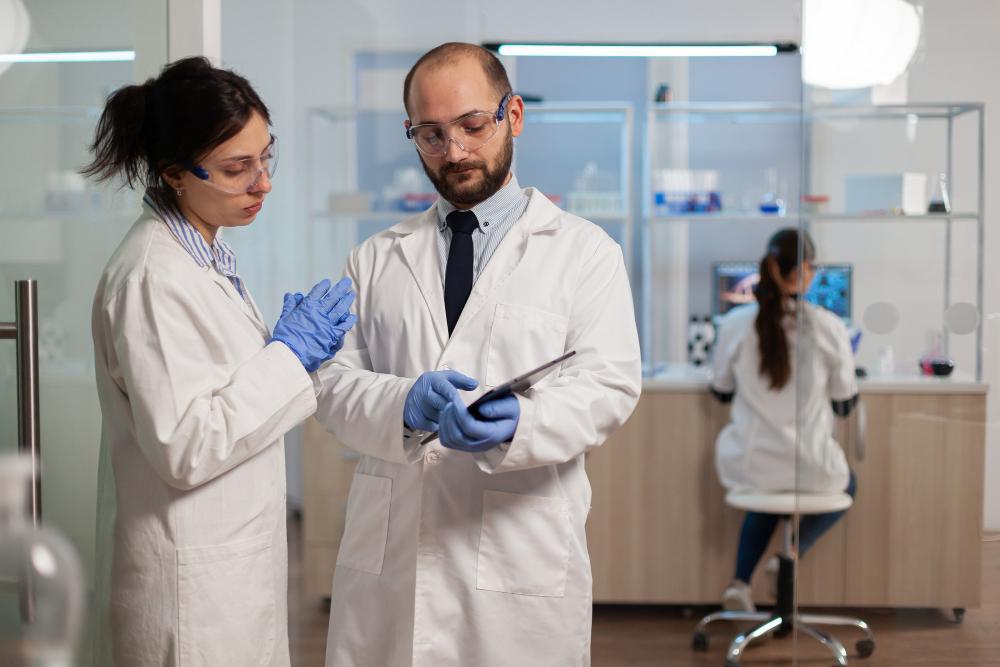
Source: Wikimedia
They added, “A more accurate and systematic X-ray investigation of more samples taken from the Turin Shroud fabric would be mandatory to confirm the conclusions of our study.”
Researchers Use AI to Create Vivid Images of Jesus
The study published in Heritage began spreading online, and it led to the creation of numerous lifelike renderings of Jesus using artificial intelligence.

Source: Freepik
Various researchers and hobbyists have used the outline of a face evident on the shroud to create vivid images that portray what Christ may have looked like after his resurrection over 2,000 years ago, according to the Bible.
Classical Jesus
One particular image, created by the AI site Midjourney, has garnered considerable attention online due to its similarity to several medieval paintings.
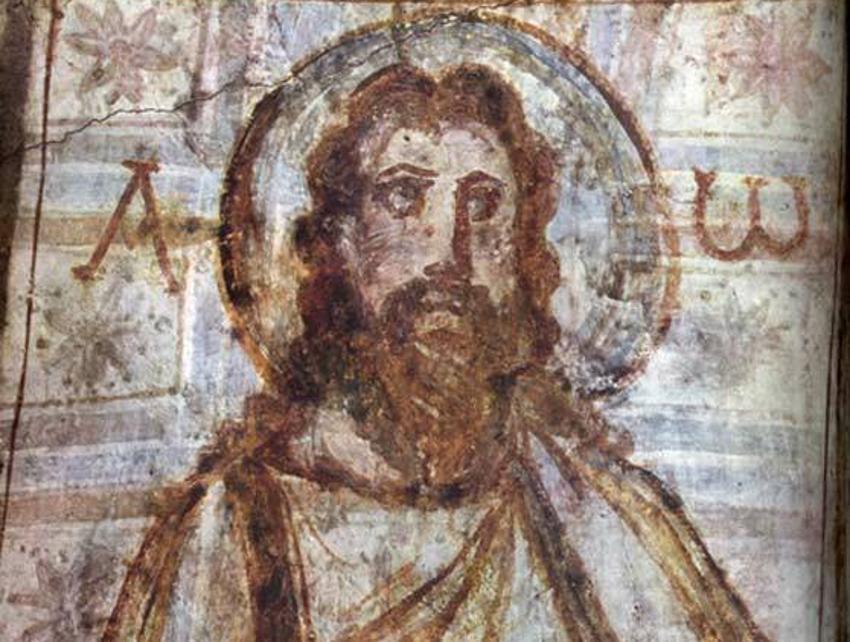
Source: Wikimedia
This image portrays Jesus in his classical appearance, with a beard and hair running down his shoulders. The depiction went as far as to add wounds on his bare chest, which came about after the prophet was tortured.
Blue-Eyed Jesus
The Daily Mail shared their own experiment, in which they asked the AI tool, Merlin, “Can you generate a realistic image of Jesus Christ based on the face in the Shroud of Turin?”

Source: Freepik
However, the results were deemed controversial by some as they depicted the prophet with deep blue eyes often ascribed to Europeans. This image also gave Jesus a trimmed beard and numerous thorn marks on his face.
Controversy Surrounding the AI Images of Jesus
While the multitude of images based on the Shroud has garnered significant interest online, some researchers have suggested that it’s challenging to determine with certainty how Jesus might have looked, given the passage of time since his death.
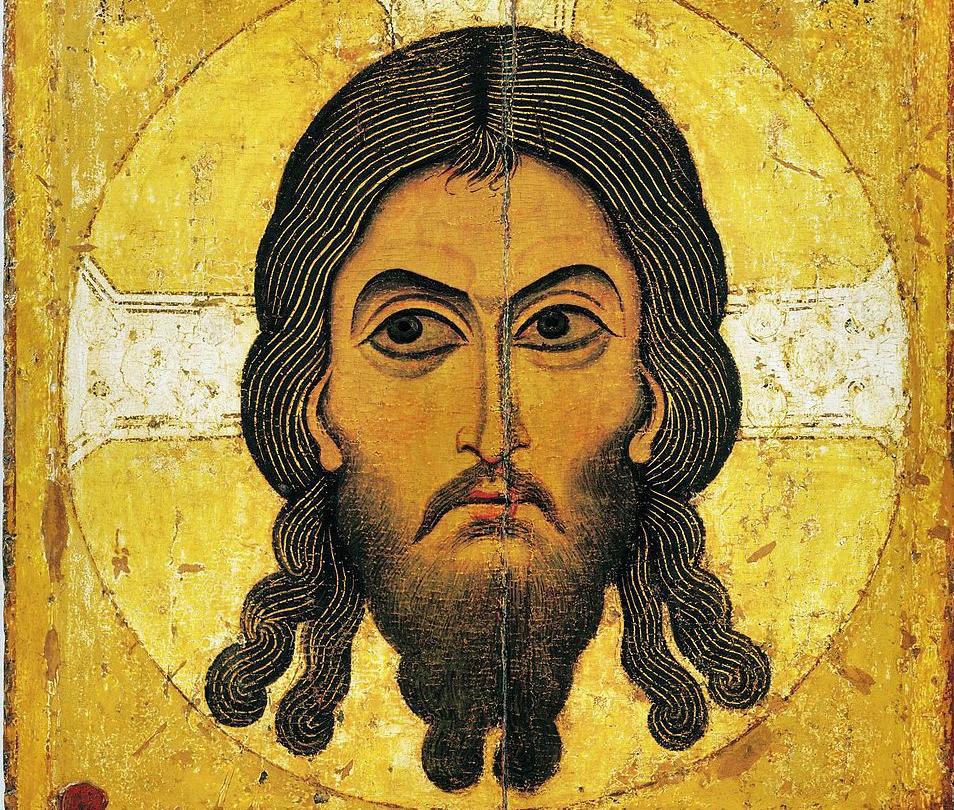
Source: Wikimedia
Others argue the AI software is basing its representations on medieval art, which often depicts Jesus with European features.
Catholic Church's Stance on the Shroud
As the Shroud has remained a controversial topic for centuries, the Catholic Church has refrained from taking an official stance on the relic’s authenticity.
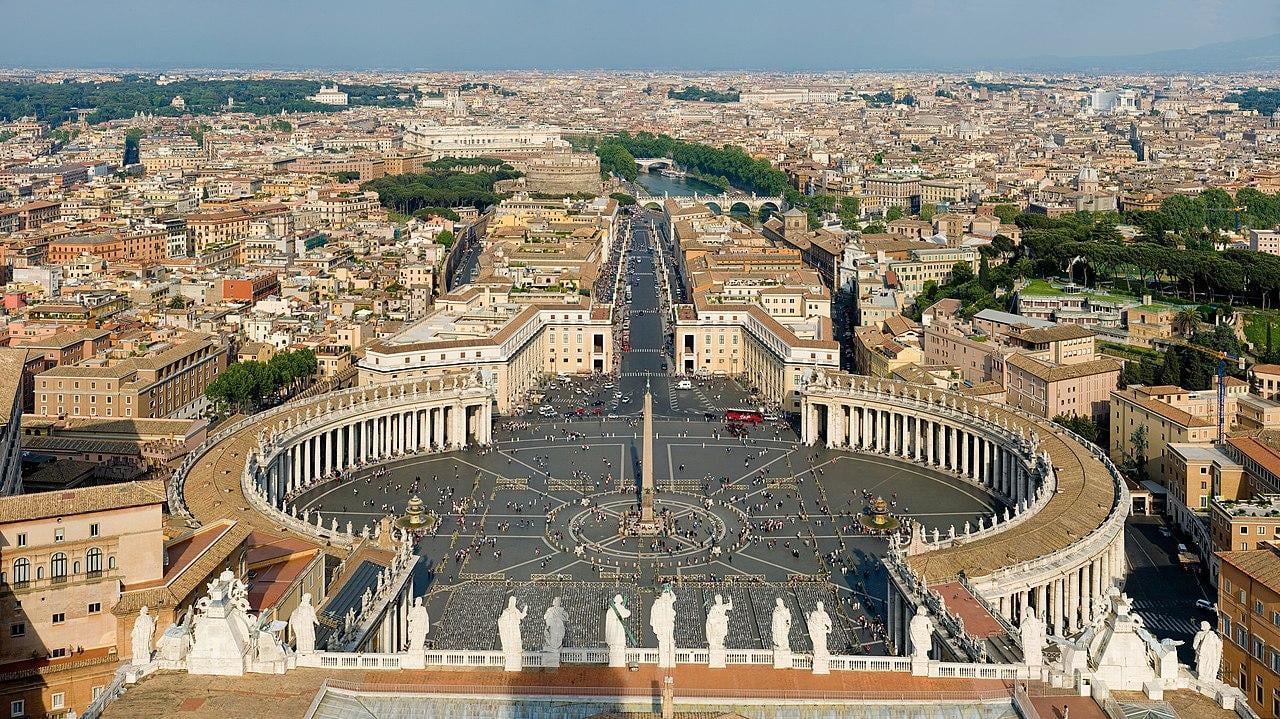
Source: Wikimedia
However, several Popes have shared their opinion on the cloth, including Pope Francis, who ventured to Turin in 2015 to pray in front of the ancient relic.
